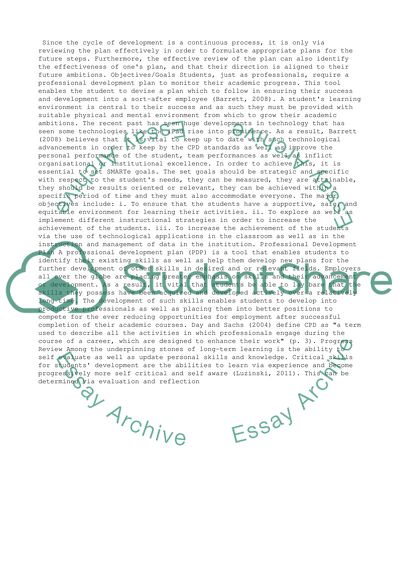Cite this document
(“Professional Development Plan (PDP) & Review - Developing new skills Assignment”, n.d.)
Retrieved de https://studentshare.org/management/1472539-professional-development-plan-pdp-review
Retrieved de https://studentshare.org/management/1472539-professional-development-plan-pdp-review
(Professional Development Plan (PDP) & Review - Developing New Skills Assignment)
https://studentshare.org/management/1472539-professional-development-plan-pdp-review.
https://studentshare.org/management/1472539-professional-development-plan-pdp-review.
“Professional Development Plan (PDP) & Review - Developing New Skills Assignment”, n.d. https://studentshare.org/management/1472539-professional-development-plan-pdp-review.


